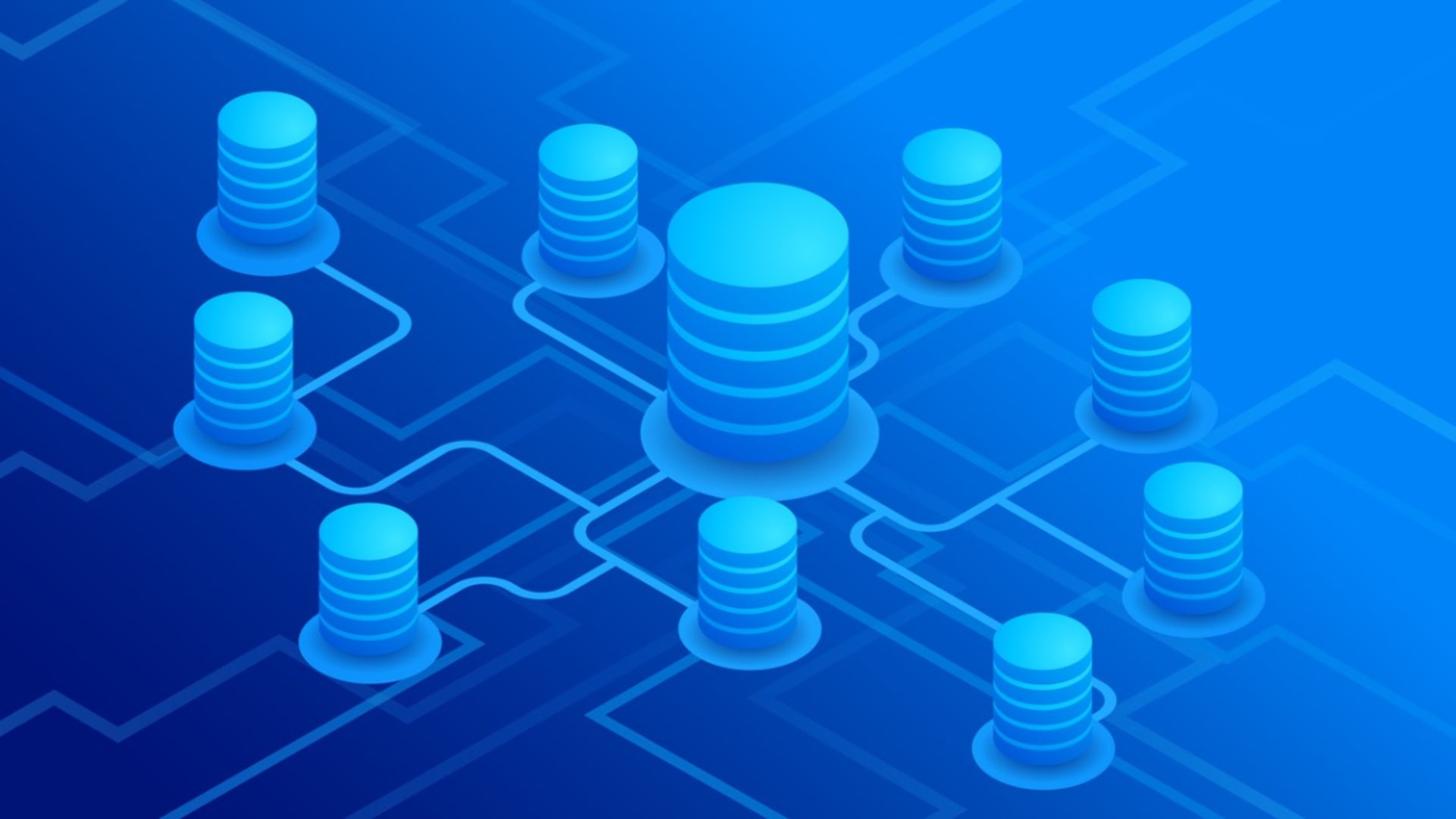Flawless data communication is important for any business to succeed. That’s why it’s necessary to ensure that servers are working properly through remote server monitoring. Remote server-monitoring software allows companies to stay on top of any performance problems and quickly take action if any issues arise.
It’s vital that businesses understand just how they should use and benefit from remote server-monitoring software. There are also advantages to creating a custom monitoring tool that fits a company’s needs instead of an out-of-the-box solution.
Many companies have distributed network and IT infrastructures in order to ensure continuous availability and avoid business operations disruptions. This means that system administrators must have a way to access, monitor, and manage these infrastructures remotely.
The most modern approach involves using remote server-monitoring software. Admins use these tools to ensure that all servers are functioning at optimal levels without having to be physically near them.
In fact, system administrators can control nearly any issues that could negatively impact server performance. Some of these issues include low disk space, uncontrolled database log growth, SQL server failures, and NAV server failures.
Benefits of Using an RMM Tool
A Remote Monitoring and Management (RMM) tool allows companies to gather, store, and visualize any event occurring across their infrastructures in real-time. It allows them to compare historical data to current data and then use these correlations to see potential trends that form over time.
This software checks virtually anything about a company’s server system including CPU and RAM usage, hard disc space, system temperatures, hardware status warnings, and RAID health checks.
Possibly the biggest benefit of using a remote server-monitoring tool is the alerting features. It’s nearly impossible to remain on top of server performance at all times, especially when dealing with several different clients. Remote server-monitoring tools provide timely alerts whenever they detect any eventual errors.
Other benefits of using this type of software include concise overviews, detailed statistics, and analytics. It also allows admins to troubleshoot server hardware issues and check for response time, app downtime, and resource utilization problems.
Having access to these types of information allows the company to come up with effective and proactive solutions that’ll increase overall performance and productivity. Businesses can also use these different solutions to improve their customer experience. Positive customer experiences help retain customers and increase their loyalty to the company.
Why Should You Create a Custom Remote Monitoring and Management System for Your Business?
Better than simply owning a remote server-monitoring tool is creating one that specifically fits the needs of a particular business. Customized data visualization and analytics are much more impactful when it comes to understanding how a business is performing.
If a business is constantly running into the same types of issues, it would greatly benefit from getting a custom remote monitoring and management system. This software helps reduce incidents and interruptions, like data breaches, and allows administrators to handle minor errors before they can evolve into major problems.
Having a custom remote monitoring system that understands the needs of a company and creates personalized solutions positively impacts and expedites the entire workload. It also helps admins detect common issues a lot faster than they usually could.
Implementing a remote server-monitoring system only takes a few steps. First, the company must identify its needs and major issues regarding remote server monitoring. Then decision-makers should look over different available software options and understand how well they adapt to the business’s needs.
Once the company chooses the right monitoring software, it must prepare for its deployment. This means deciding whether they’d like a cloud-based or a local-computing solution. Such decisions involve taking several factors into consideration, like, for example, hardware costs.
After installing and deploying the remote server-monitoring software, it’s important to integrate it with any other management tools that are currently in place. Finally, all that’s left to do is to create the different templates and processes for future server issues.
Types of Servers Your Company Would Want To Monitor
A company might have the need to monitor different types of servers at the same time. A few of the most common server types include Windows, Linux, Unix, and mail servers, plus the mainframes.
Windows and Linux servers run the respective operating systems and their different components. Windows servers host software components like Microsoft Exchange and SharePoint while Linux servers run CentOS, Ubuntu, and RHEL.
Remote Unix servers are usually associated with critical operations for businesses. Some of them include important applications, databases, and essential tasks. Mainframes are responsible for working and performing several tasks with a huge amount of data.
Mail servers act as virtual post offices and are indispensable for real-time communication. When any issues occur in these types of servers, it affects virtually everyone who’s connected to it and trying to reach out to someone else.
Remote server-monitoring tools are extremely important for businesses to assess their servers in real time. This way they help manage them in a timely manner, ensuring that little occurrences never evolve into complicated problems.
These tools make sure that all applications and services are working properly for both users and customers. They also alert system administrators whenever a potential error surfaces. This allows them to act quickly to overcome any issues and establish normality.
Companies can greatly benefit from a custom remote server-monitoring system that considers their needs and most commonly faced problems. They offer the business personalized analytics usable in brainstorming toward effective solutions and increase the company’s performance.







